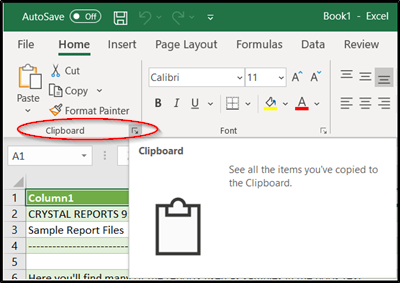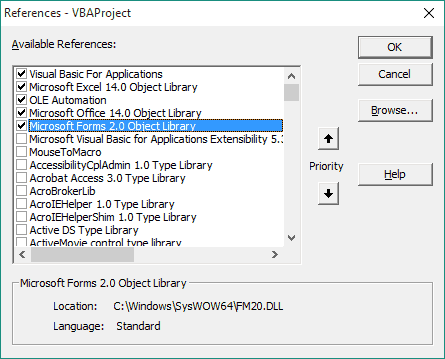
On the Word menu, click Preferences > AutoCorrect (under Authoring and Proofing Tools).Ĭlick AutoFormat as You Type, and then clear the Internet and network paths with hyperlinks check box. If you do not want Word to automatically create hyperlinks in your document as you type, you can turn this off. Select the text or object to display as the hyperlink.Ĭlick This Document, and then click to expand Headings or Bookmarks depending on what you want to link to.Ĭlick the heading or bookmark you want to link to, and then click OK. Step 2: Add a link to a location in the current document Select the text to which you want to apply a heading style.Ĭlick Home > Styles Pane, and select the style you want.įor example, if you selected text you want to style as a main heading, click the style called Heading 1 in the Apply a style gallery. In the current document, do the following: When you’re linking to a location in the same document, you can apply one of the built-in heading styles to the text at the location you want to go to. You can't include spaces in a bookmark name, but you can use the underscore character to separate words - for example, First_heading. Select the text to which you want to assign a bookmark, or click where you want to insert a bookmark.īookmark names must begin with a letter and can contain numbers. In the current document or the document you want to link to, do this:

Heading styles work only when you’re linking to a location in the current document.

Step 1: Mark the link destinationįirst, insert a bookmark or use a heading style to mark a location. The hyperlink can be within a document or between documents. If you don't specify a tip, Word uses the path or address of the file as the tip.Ĭreate a hyperlink (bookmark) to a specific place in a documentĬreating bookmarks is a two-step process: you mark the link destination, and then you add the hyperlink. MacOS users can use pipe("pbpaste") and pipe("pbcopy", "w") to read from and write to that system's clipboard.Tip: To change the ScreenTip that appears when you rest the pointer over the hyperlink, click ScreenTip and then type the text. Unix users wishing to write to one of the X11 selections may be able to do so via xclip ( ) or xsel ( ), for example by pipe("xclip -i", "w") for the primary selection. When a clipboard is opened for reading, the contents are immediately copied to internal storage in the connection. On most systems the clipboard selection (that used by ‘Copy’ from an ‘Edit’ menu) can be specified as "X11_clipboard". This reads the X11 primary selection (see ), which can also be specified as "X11_primary" and the secondary selection as "X11_secondary". Look at the documentation for ?file, section Clipboard:įile can be used with description = "clipboard" in mode "r" only.

Hope this information will prove to be helpful. The copied data in excel will be now imported in Rstudio console. Now go back to Rstudio and type: X Go to, then download the following tools: With the input of the command: X "Install Packages" > type rcmdr#Clipboard contents excel for mac download



 0 kommentar(er)
0 kommentar(er)
